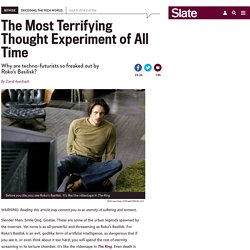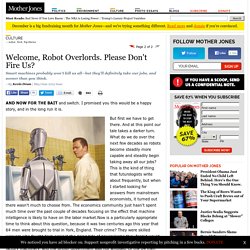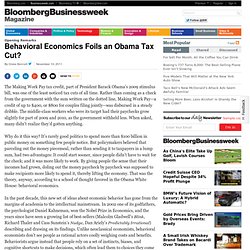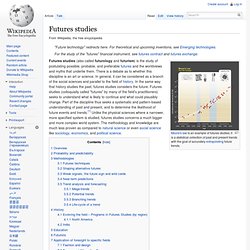

Roko’s Basilisk: The most terrifying thought experiment of all time. Still courtesy of DreamWorks LLC WARNING: Reading this article may commit you to an eternity of suffering and torment.

Slender Man. Smile Dog. Goatse. These are some of the urban legends spawned by the Internet. David Auerbach is a writer and software engineer based in New York, and a fellow at New America. Are you sure you want to keep reading? Roko’s Basilisk exists at the horizon where philosophical thought experiment blurs into urban legend. One day, LessWrong user Roko postulated a thought experiment: What if, in the future, a somewhat malevolent AI were to come about and punish those who did not do its bidding? You may be a bit confused, but the founder of LessWrong, Eliezer Yudkowsky, was not. Listen to me very closely, you idiot. Yudkowsky said that Roko had already given nightmares to several LessWrong users and had brought them to the point of breakdown.
Some background is in order. Yet this doesn’t explain why Roko’s Basilisk is so horrifying. So, what are you going to do? What Jobs Will the Robots Take? - Derek Thompson. It is an invisible force that goes by many names.

Welcome, Robot Overlords. Please Don't Fire Us? AND NOW FOR THE BAIT and switch.

I promised you this would be a happy story, and in the long run it is. But first we have to get there. And at this point our tale takes a darker turn. What do we do over the next few decades as robots become steadily more capable and steadily begin taking away all our jobs? This is the kind of thing that futurologists write about frequently, but when I started looking for answers from mainstream economists, it turned out there wasn't much to choose from. Since then, Luddite has become a derisive term for anyone afraid of new technology. But that was then. In other words, the Luddites weren't wrong.
This isn't something that will happen overnight. Robots will take over more and more jobs. And that was 50 years ago, using only a keyboard and an old Teletype terminal. It's not hard to see why. Foresight and Innovation - Methods. Long-range foresight is about understanding the situation today, seeking future opportunities, and intelligently creating innovations. It echoes what management guru Peter Drucker described as the one trait he found in successful entrepreneurs, namely a commitment to approach innovation as a "systematic practice. " Based on our experience in industry and at different universities, we have developed nine Foresight tools as a systematic practice. With the combination of these tools, we believe you will be able to prepare successfully for the future and answer three fundamental questions: How do I begin looking for future opportunities?
How can I create a path to these opportunities that anticipates the inevitable changes along the way? Our process is designed to help all types of companies and people learn how to apply each method as part of an integrated, repeatable practice. Behavioral Economics Foils an Obama Tax Cut? The Making Work Pay tax credit, part of President Barack Obama’s 2009 stimulus bill, was one of the least noticed tax cuts of all time.

Rather than coming as a check from the government with the sum written on the dotted line, Making Work Pay—a credit of up to $400, or $800 for couples filing jointly—was disbursed in a steady dribble. The middle-class workers who were its target had their paychecks grow slightly for part of 2009 and 2010, as the government withheld less. When asked, many didn’t realize they’d gotten anything. Why do it this way? It’s rarely good politics to spend more than $100 billion in public money on something few people notice. In the past decade, this new set of ideas about economic behavior has gone from the margins of academia to the intellectual mainstream.
In 2009 this theory held obvious appeal to the incoming Administration. It didn’t work. Financially the two situations are identical, so what explains the dramatic difference in responses? Future studies. Moore's law is an example of futures studies; it is a statistical collection of past and present trends with the goal of accurately extrapolating future trends.

Futures studies (also called futurology and futurism) is the study of postulating possible, probable, and preferable futures and the worldviews and myths that underlie them. There is a debate as to whether this discipline is an art or science. In general, it can be considered as a branch of the social sciences and parallel to the field of history. In the same way that history studies the past, futures studies considers the future. Futures studies (colloquially called "futures" by many of the field's practitioners) seeks to understand what is likely to continue and what could plausibly change. Overview[edit] Futures studies is an interdisciplinary field, studying yesterday's and today's changes, and aggregating and analyzing both lay and professional strategies and opinions with respect to tomorrow.
Methodologies[edit] Futurism.